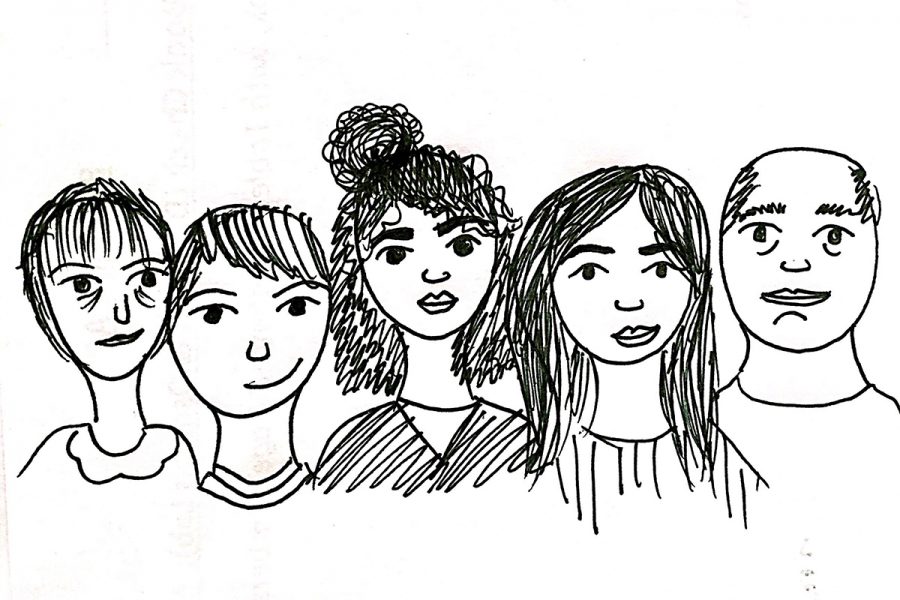Generations of generalizations
What makes the six living generations unique
Photo by Victoria Van
Illustration
March 1, 2018
Belonging to a specific generation doesn’t mean anything to most people. But for some, categorizing individuals based on their birth year has become a trend.
Generations are characterized by their birth year, similarities and differences from other generations. There is, however, some variation from different sources on which years generations fall in. People do not always “fit” their generations, though. Some may agree and disagree with the beliefs held by one’s generation.
There are six living generation categories: the GI Generation, the Mature or Silent Generation, the Baby Boomers, Generation X, Generation Y or Millennials and Generation Z or Boomlets.
The GI Generation (born between 1901 and 1926) is often categorized by their experience in living during World War II. As the oldest living generation, the GI Generation has been present for the most changes, having lived through time periods characterized by Hitler’s rule and years with the Obama administration. Everything in their lives has been transforming, from the founding of Ford to the creation of the iPhone. The ways in which this generation has adapted to over a century of changes is nothing short of amazing.
The Mature or Silent Generation (born between 1927 to 1945) is made up of a blend of the Korean War and the typical American Dream. Women in this generation were your stay-at-home mothers, and husbands were the breadwinning businessman type. This generation has gone from seeing a time where change was out of reach to today, where change is the new normal.
The Baby Boomers (born between 1946 to 1964) are known for their presence in activism and are called Baby Boomers due to an exponential increase in population after the Vietnam War. Women of this generation began working outside of the home, becoming more than just mothers. Television and divorce made an appearance in this generation, as well.
Generation X (born between 1965 and 1980) is characterized by the transitional period of traditional paper archives and technology. This generation is typically “forgotten” due to its placement between the Baby Boomers and Millennials.
Generation Y, or Millennials (born between 1981 and 2000), are characterized by the event of 9/11 and often fear the world. Speaking as a member of this generation, we have gone through many changes. Most of us do not know a world without war. We feel an enormous pressure to succeed in life with college recruitment beginning in elementary or middle school.
Generation Z, or Boomlets (born between 2001 to the present), are today’s teens and toddlers. Boomlets do not know a world without technology. Even toddlers’ toys use technology. LeapFrogs and Apple products are mastered by this generation before they can even complete their first sentence.
The six living generations continue to blend everyday, with older generations discussing the “good old days” and the newer generations explaining networking and today’s technology. The failures of older generations can be seen as opportunities for today’s young adults. We make computers smaller and the internet larger, but we never forget where we’ve come from. The blending of generations can be seen as a form of art and unity that benefits everyone.
















